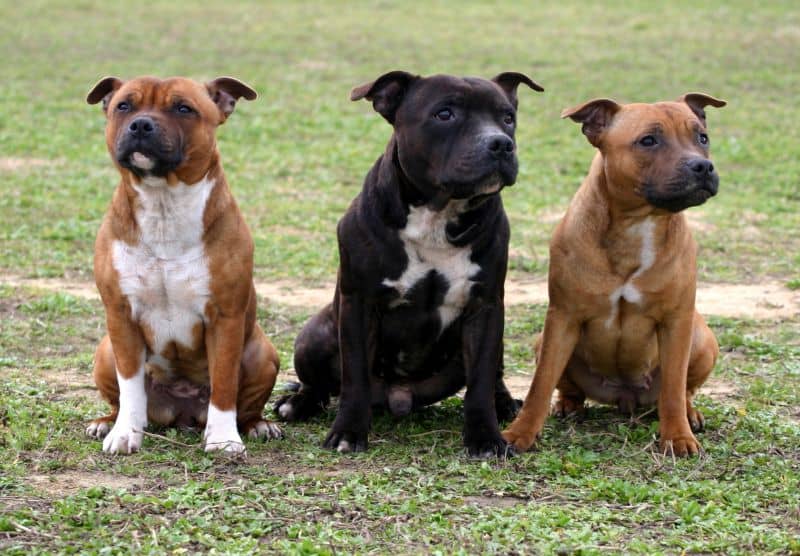

Breeding XL Bullies can be quite difficult, however, as meeting requirements is hard considering the overall size of these dogs.

The XL is stronger and taller than the Standard which makes it the biggest of the Bully breeds. This type of Bully is another that is an amendment of the Standard. XL Image Credit: Glenn Van Bergen, Shutterstock They are great with their families, stranger friendly when being treated well, and in most situations, great with children. This type’s characteristics are very similar to those of the Standard. This gives this type of Bully a more traditional look and more agility than the Standard. This Bully type is similar to the Standard except for a leaner build. Families who have a Standard Bully should keep their eyes open for injuries, however, as these dogs have high tolerances for pain. The Standard is a very affectionate dog which is great for a companion. Their bodies are compact with broad chests and large heads giving them the look of a powerful dog. This Bully was officially born in the 1990s as the show dog version of an American Pit Bull Terrier. Since these early beginnings, a new type, Extreme, has been added making five breed types. When this breed was originally formed, the American Bully had four basic types: Classic, Standard, XL, and Pocket. Their demeanor is relatively calm, they show great loyalty to their families, and are normally good around children.Ĭlasses of the American Bully Image Credit: Sweetpitbull, Pixabay While they may look menacing, these dogs are quite the opposite. These incredible companion dogs are formed by breeding American Stafford Terriers and American Pit Bulls to different types of bulldog-related breeds. However, the popularity of American Bully bloodlines cannot be denied. This means the breed is still considered very young. The American Bully is an emerging breed that became officially recognized by the American Bully Kennel Club in 2004 and the United Kennel Club in 2013.


 0 kommentar(er)
0 kommentar(er)
